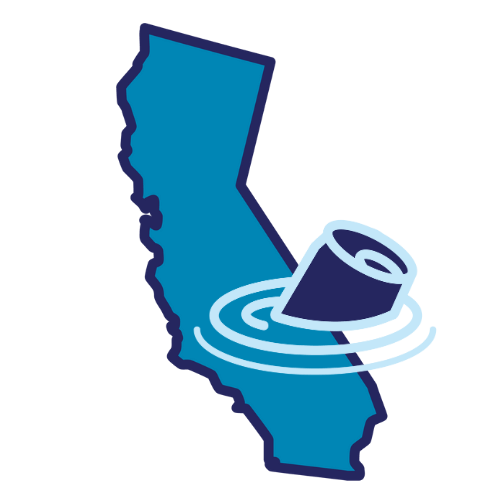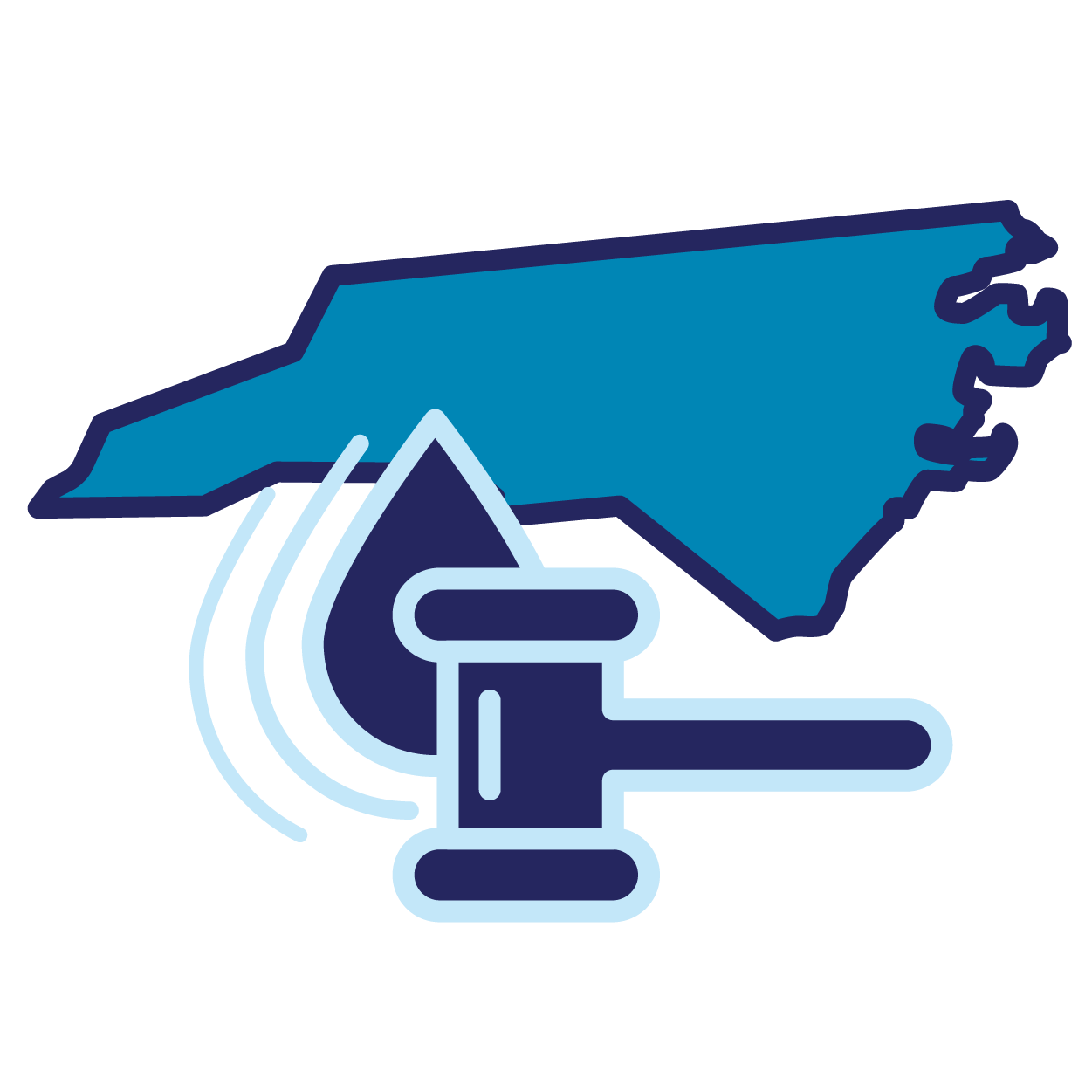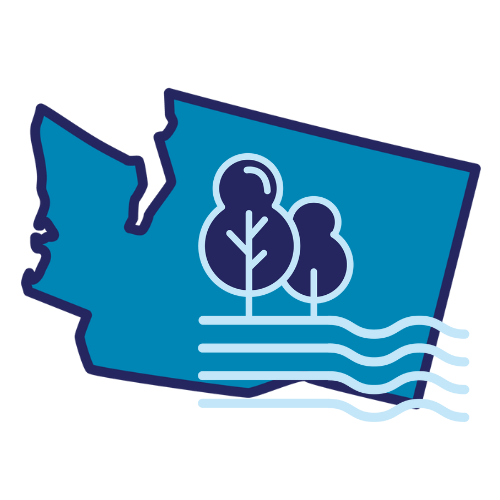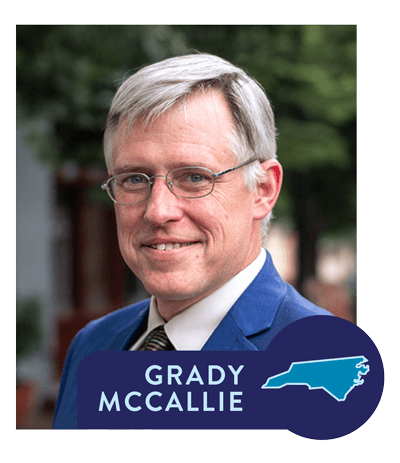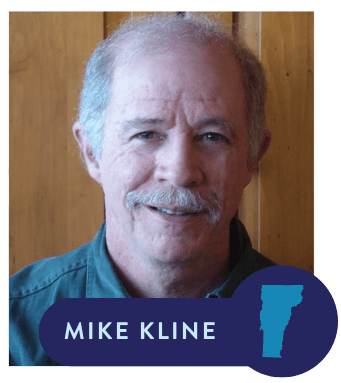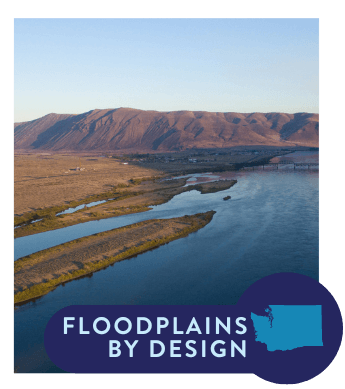State Action for Healthy Rivers
The Healthy Rivers section of the State Policy Hub currently highlights policies, resolutions, and plans related to the following topics: Aquatic Litter, Bolstering Clean Water Act (CWA) Protections, and Floodplains.
In the Hub you’ll find:
- Overviews of each major topic: check out the buttons to the right
- Snapshots of exemplary policies by state: click the state names in the Policy Database at the bottom of this page
- Deep dives highlighting advocacy strategies, victories, and specific policy language: look for the state icons below and throughout the Hub
- Relevant lessons on advocacy and implementation efforts see the buttons below
Explore Healthy Rivers Topics
Do you know of a policy we should include? Click here to share!

Deep Dives
Select a state icon below to go deeper into specific advocacy strategies, victories, and specific policy language.
Advocacy Efforts & Lessons from the Network
Click the buttons below to read full-length interviews with the water leaders behind some of the exemplary policies and efforts featured in the Hub.
Healthy Rivers Policy Database
Our friends at American Rivers are developing their 50 State Floodplain Strategy as well. We will include additional information here as it becomes available.
| Name | State | Action Agency | Policy Focus | Description |
|---|---|---|---|---|
| Vermont Flood Hazard Area and River Corridor Rule | Vermont | Department of Environmental Conservation | The Flood Hazard Area and River Corridor Rule regulates development exempt from municipal regulation within designated Flood Hazard Areas and River Corridors. |
|
| Packaging Waste and Cost Reduction Act (House Files 3911 Article 5) | Minnesota | Minnesota Pollution Control Agency | Article 5 of H.F. 3911 establishes increased penalties for littering, promoting public awareness campaigns, and supporting local government efforts in waste management and cleanup. It emphasizes community involvement and education to foster responsible waste disposal practices, which collectively contribute to a reduction in littering and environmental pollution. By 2032, "the commissioner of the Pollution Control Agency, in consultation with the commissioners of health and natural resources, must contract with a third party that is not a producer or a producer responsibility organization to conduct a study to identify the contribution of covered products to litter and water pollution in Minnesota." |
|
| Producer Responsibility Program for Statewide Recycling Act (House Bill 22-1355) | Colorado | Colorado Department of Public Health & Environment | The legislation requires packing producers to pay annual dues to fund a designated nonprofit organization to manage a statewide recycling program which will serve residences, public places, small businesses, schools, and government buildings. |
|
| Plastic Pollution Prevention and Packaging Producer Responsibility Act (Senate Bill 54) | California | CalRecycle | The legislation aims to reduce single-use plastics by 25% by 2032, with 10% through elimination and 4% via reuse systems. The law establishes interim targets and ensures recyclability or compostability of all packaging by 2032, resulting in 115 million tons less CO₂-equivalent emissions over the next decade. |
|
| An Act To Support and Improve Municipal Recycling Programs and Save Taxpayer Money (Legislative Document 1541, H.P. 1146) | Maine | Maine Department of Environmental Protection | The legislation establishes a stewardship program where producers pay into a fund based on packaging material weight. They can offset payments by implementing independent recycling programs. The stewardship organization uses these payments to reimburse municipalities and improve recycling outcomes. |
|
| Plastic Pollution and Recycling Modernization Act (Senate Bill 582) | Oregon | Oregon Department of Environmental Quality | The legislation develops a program to reduce aquatic litter by holding producers of packaging and products accountable for product lifecycle management, enhancing recycling, educating the public on litter impacts, restricting single-use plastics, and funding clean-up efforts in waterways and coastal areas. |
|
| The 310 Law / The Natural Streambed and Land Preservation Act | Montana | Montana's Conservation Districts | The purpose of the 310 law is to keep rivers and streams in as natural or existing condition as possible, to minimize sedimentation and to recognize beneficial uses. Any individual or corporation proposing construction in a perennial stream must apply for a 310 permit through the local conservation district. |
|
| Climate Commitment Act | Washington | State of Washington Department of Ecology | The Climate Commitment Act (CCA) caps and reduces greenhouse gas emissions from Washington’s largest emitting sources and industries. A portion of funds can then be used for clean water investments and restoration of natural floodplain ecological function. |
|
| River Corridor & Floodplain Protection Program | Vermont | Department of Environmental Conservation | The River Corridor & Floodplain Protection section works with landowners, municipalities, regional planning commissions, NGOs, and agencies of state and federal government to reduce flood risk by protecting and restoring natural and beneficial river and floodplain functions. |
|
| Emergency Rulemaking: Critical Area General Rules, D.C. Mun. Regs tit.21, § 2500-2505, 2599 | Washington DC | DOEE (Department of Energy and the Environment) | Clarified that wetlands which had been removed from Waters of the United States (WOTUS) protection were still subject to 401 permitting under DOEE regulations. |
|
| Act 121 | Vermont | Department of Environmental Conservation, in consultation with the Agency of Commerce and Community | Act 121 authorizes statewide river corridor regulation and the municipal adoption of higher state floodplain standards. |
|
| Act 250 | Vermont | Natural Resources Board | Act 250 is Vermont’s land use and development law. Projects that require an Act 250 permit and are located within a flood hazard area or river corridor must meet requirements under Criterion 1D–Flood Hazard Areas, River Corridors. |
|
| An act relating to Vermont standards for issuing a Clean WaterAct section 401 certification, VT HB 108 (2021); 10 V.S.A. § 1253 | Vermont | Agency of Natural Resources | Not strictly jurisdictional, but expanded protections under the state's 401 program by ensuring that 401 certification could only be issued in circumstances where there is "no practicable alternative that would have a less adverse impact on wetlands and waters of the state." The bill requires that the State conduct a cumulative impacts analysis of the water quality impacts on waters and wetlands of an activity subject to the CWA section 401 certification. |
|
| Rules and Regulations Governing the Administration and Enforcement of the Freshwater Wetlands Act, 250 R.I. Code R. 150-15-3 | Rhode Island | Rhode Island Department of Environmental Management, RI Coastal ResourcesManagement Council (CRMC) | Required establishment of wetland buffers and setbacks, phased out local rules which would conflict with new state regulations. The rulemaking was influenced by the findings and recommendations of a Legislative Task Force (LTF) previously established by the Regulatory Reform Act. |
|
| Memorandum to Environmental Quality Commission (Interpretive ruling) | Oregon | Department of Environmental Quality | Clarified that Oregon still intended to enforce its waters of the state jurisdiction, notwithstanding changes to WOTUS. |
|
| State of Ohio Isolated Wetland and Ephemeral Stream General Permit | Ohio | Ohio EPA | Created a general permit for wetlands and ephemeral streams no longer covered by the federal Navigable Waters Protection Rule (NWPR). |
|
| Wetland Rule Change: 15A NCAC 02H 0.1400 et seq.; 15A NCAC 02H 0.1301 | North Carolina | Environmental Management Commission | Like the Ohio rule, this rule filled a gap in permitting. NWPR left a category of wetlands in NC under the state's jurisdiction, but without state or federal permitting requirements. This rulemaking established permits for these wetlands. |
|
| Ordinary High Water Mark legislation (Miss. H.B. 594 (2021)) | Mississippi | Department of Marine Resources | Provided a definition for "Ordinary High Water Mark," a previously undefined term that set the boundaries for coastal wetlands. Not an "expansion" of jurisdiction per se, but admirable step to ensure jurisdictional determinations have a scientific basis. |


